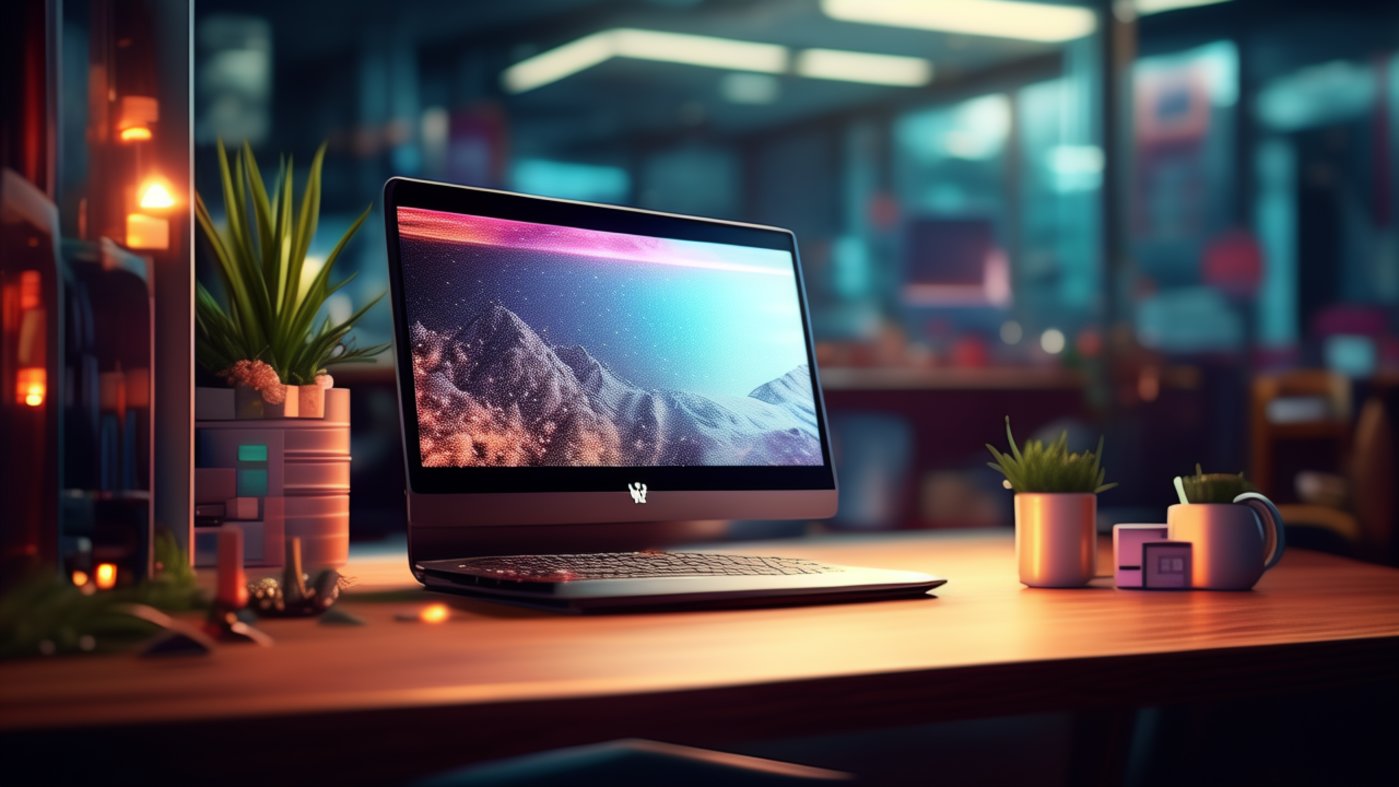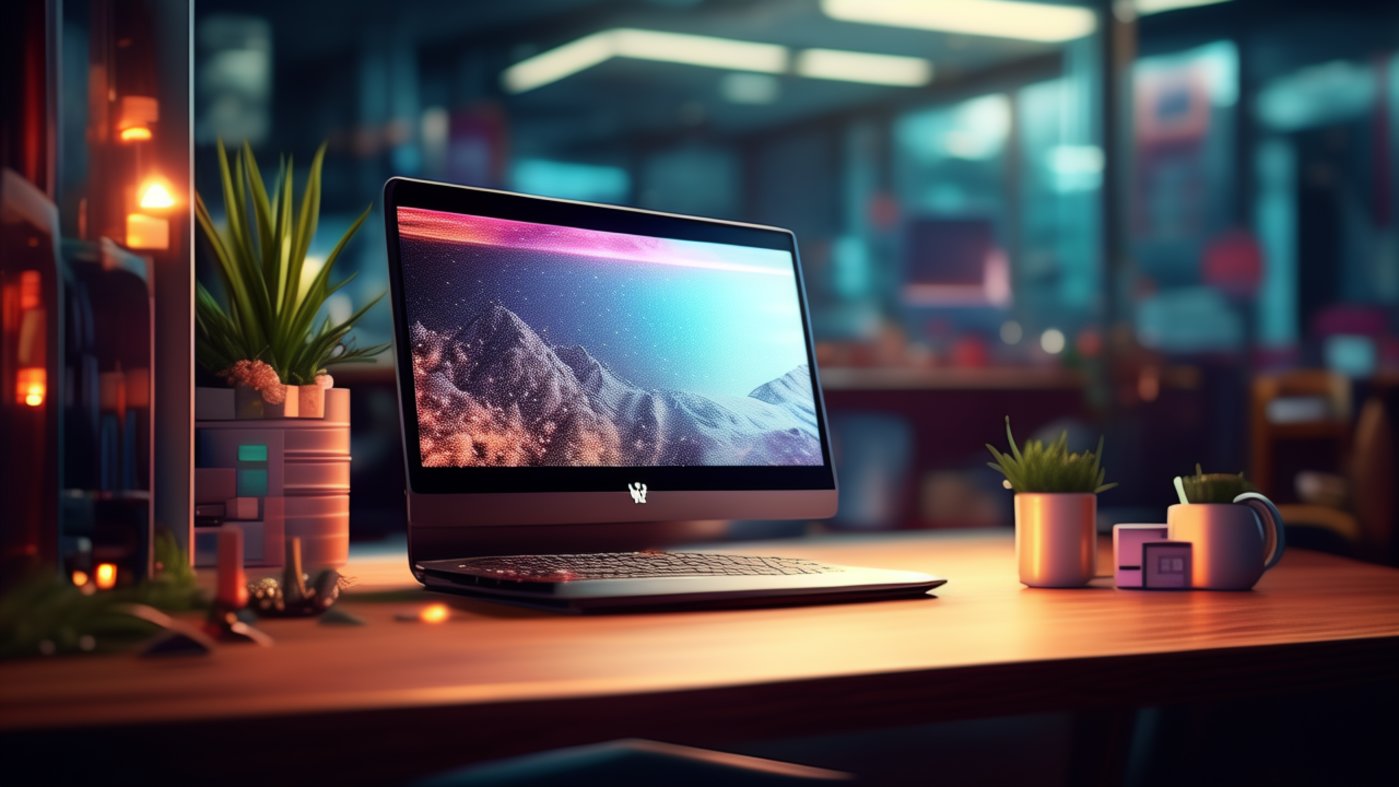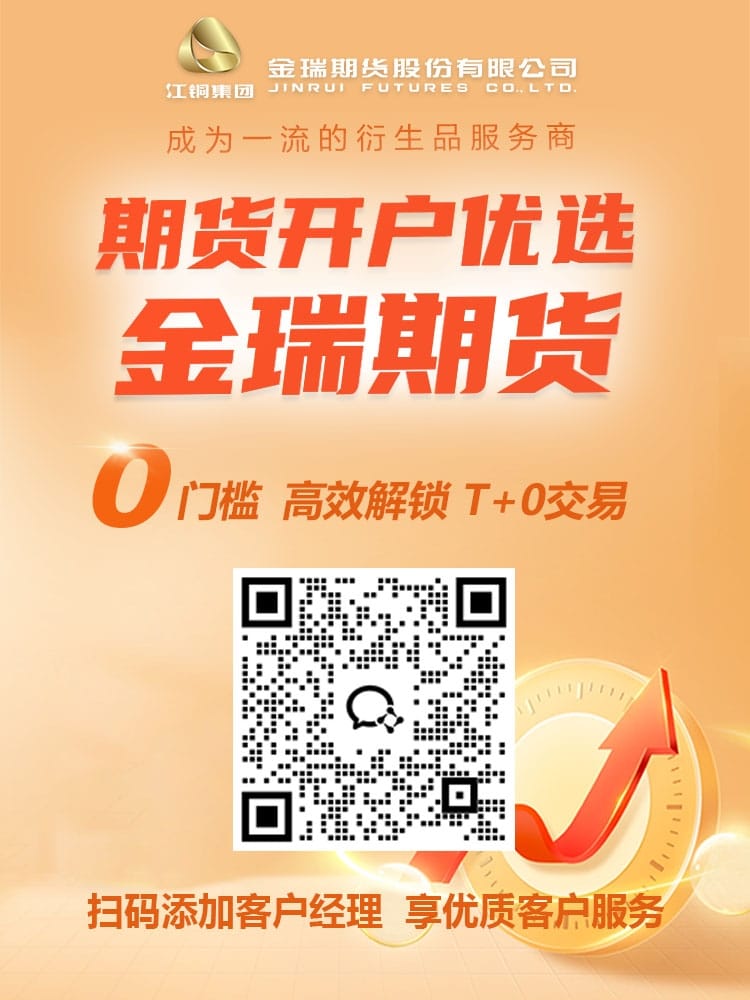
AsianFin -- The global personal computing market surprised on the upside in the second quarter of 2025, defying earlier predictions of a slowdown.
AI-powered upgrades and accelerated global demand outside the U.S. helped push worldwide PC shipments to 68.4 million units, marking a 6.5% year-on-year increase, according to preliminary data released by IDC this week.
That growth builds on a 4.9% expansion in Q1 and underscores an ongoing recovery in consumer electronics amid policy, pricing, and platform transitions. But while global demand is rising, U.S. shipments—the world』s largest single market—were flat in the second quarter, reflecting caution as tariffs reshape manufacturer strategies.
Shipments from market leaders like Lenovo and HP helped sustain global growth. Lenovo shipped 17 million units, a 15.2% increase, while HP delivered 14.1 million units, up 3.2%. Apple posted the strongest growth among top vendors with a 21.4% jump to 6.2 million units, buoyed by demand in non-U.S. markets. Asus rounded out the top five with a 16.7% surge to 4.9 million units.
The rally comes as consumers and enterprises upgrade aging hardware ahead of Microsoft』s 2025 cutoff for Windows 10 security support. As of late 2024, Windows 10 still held a 60.9% market share, compared with 35.6% for Windows 11—highlighting a significant upgrade opportunity.
Meanwhile, manufacturers are leaning into AI PCs as a long-term growth driver. According to the 2024 Global High-Tech Industry Report, global shipments of AI PCs could exceed 100 million units in 2025, representing 40% of all PCs sold. By 2028, that figure could double, with a projected CAGR of 44% between 2024 and 2028.
By 2027, 85% of computers will be AI PCs, said Zhou Xinhong, VP of HP China. Lenovo, which launched its first AI PC last year, says cumulative sales have already surpassed one million units.
While AI and OS transitions are fueling demand globally, the U.S. market was an exception. After a front-loaded Q1—when brands shipped early to avoid new tariffs—second-quarter growth stagnated. IDC attributed the weakness to a slowdown in orders as import costs rose and channel inventories built up.
Canalys predicts just 2% annual growth for the U.S. PC market in 2025, rising to 4% in 2026. U.S. shipments are forecast to reach 70.4 million units this year, up from 69.2 million in 2024.
The concentration of U.S. exposure varies by brand: Apple derives 44% of its PC volumes from the U.S., followed by Dell (41%), HP (33%), Acer (25%), Lenovo (19%), and Asus (16%). Despite that exposure, Apple』s Q2 growth suggests strength in overseas markets helped offset domestic sluggishness.
"Although the U.S. PC market is relatively flat, other regions of the world are showing strong demand," said Jean Philippe Bouchard, IDC VP for mobile device trackers.
Faced with shifting tariffs and rising logistics costs, PC makers are relocating production lines and recalibrating inventories. Brands front-loaded shipments in the first half of the year, creating potential overhangs that could pressure prices in the back half of 2025.
「The third quarter will be a key test,」 analysts say. 「If demand aligns with supply, prices could remain stable. But if demand falters, vendors may be forced to cut prices to clear inventory, ushering in a new period of volatility.」
Behind the scenes, some manufacturers are quietly bleeding from higher costs. And while Windows 11 upgrades provide a near-term catalyst, industry insiders caution that much of the excitement around AI PCs reflects feature convergence rather than new demand creation.
"The term 'AI PC' is too loosely defined," said one executive. 「While nearly all future PCs will be AI-enabled, it』s still unclear how much of this is true incremental value.」
The global PC market is entering what analysts call a 「period of contradiction」—a phase where structural upgrades continue, but macro headwinds and policy unpredictability muddy the outlook.
「In this fast-shifting environment, the traditional rules no longer apply,」 one analyst told TMTPost. 「We』re seeing a divergence in momentum between AI-driven innovation and policy-induced drag, especially in the U.S.」
With AI PCs poised to become the norm and the Windows 10 sunset fast approaching, Q3 may be a litmus test for how much runway remains in this hardware refresh cycle—and how brands navigate the turbulence of trade and technology transformation.




























